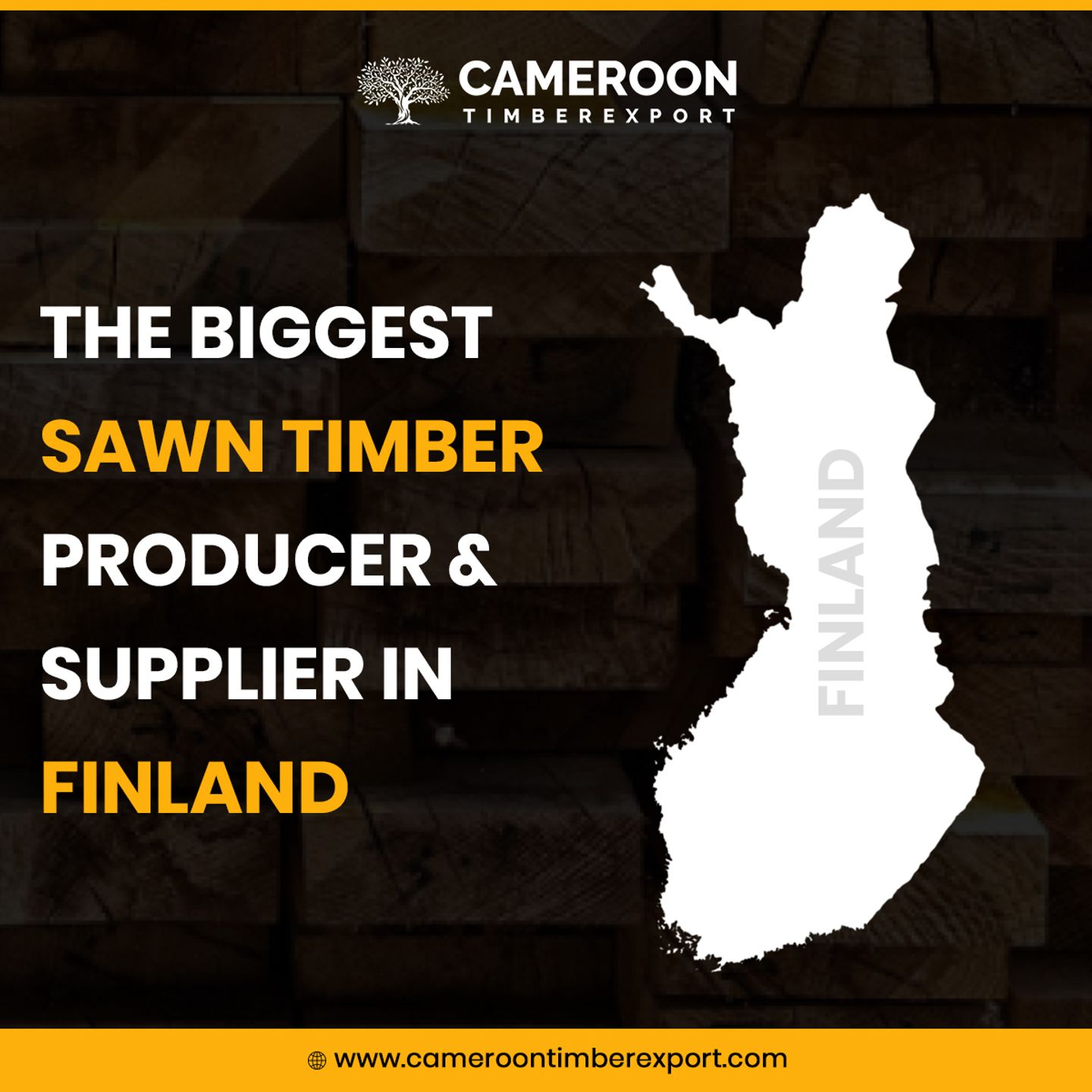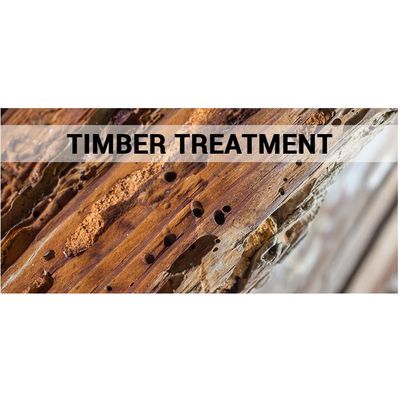

- Home
- Companies
- Cameroon Timber Export Sarl
- Services
- Cameroon - Timber Treatment & Grading ...

Cameroon - Timber Treatment & Grading Services
Wood and wood-based products can be processed or refined in various ways to change some of their attributes. There are various ways by which we can influence or affect important properties of wood, including timber durability, dimension stability, hardness, and moisture absorption. Some of these popular ways or timber treatment methods to change timber properties include:
- Fire protection timber treatment
- Dimensional stabilization
- Timber treatment against fungal and insect attack
- Hardening
Timber Prevention Approach of CameroonTimberExportSarl
Timber protection or prevention generally refers to the process of protecting wood or wood-based items from harmful attacks mac by wood-decaying fungi, insects, mould, blue stain and marine pests like shipworm.
While preparing wood-based material, the structuring should be done in such a manner that it supports the wood protection practices exercised against wood-decaying insects or fungi. This is also known as structural protection of wood against harmful fungal or insect attack.
The primary goal behind such practice is to limit the amount of moisture content in wood for a longer time period. Temporary damp should also be made so that moisture quickly dries out from timber and returns to its normal level.
Wood with better durability can also be considered in scenarios where structural timber protection and high moisture elimination is not possible.
There are certain kinds of woods and tree trunks that offer much better durability. Some timber treatment tricks can also be applied to modify the wood for increasing its durability value. Adding chemicals in wood is also one way to level up the durability.
Timber Treatment Grading Services at CameroonTimberExportSarl
There are two popular methods, which are used globally for grading of sawn timber:
- Grading per piece of wood on the basis of the number of "standard" defects with respect to its size.
- Timber Grading on the basis of clear surfaces in the wood. In other words, the grader determines the total percentage of undefeated square surfaces in relation to the whole surface of the wood piece. Following such a method, the grader is able to calculate the total percentage of defect-free surface, which also helps in determining the grade of the piece. This method is popularly followed across many grading associations, including the National Hardwood Lumber Association Rules (NHLA). Malaysian Grading rules (MGR). and the SATA Rules Sciages Avives Tropicaux Africains: Traditional African Sawn Timber. This also creates confusion among people purchasing wood as different quality lumber carries the same name.
Such confusion has started from Britain, a dominant trading country of hardwood and softwood. Wood traders from the UK for long have used an oral "system" for grading of wood until certain producers have transformed into written form, but it never became a uniform rule.
In order to avoid all disputes and interpretation differences arising due to the (original, oral) timber grading system, ATlBT`s Commission III has decided to form clear rules for wood grading.
